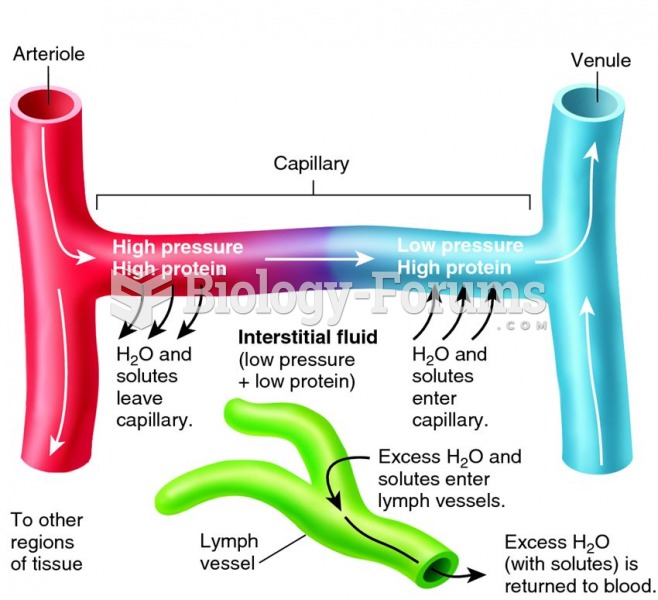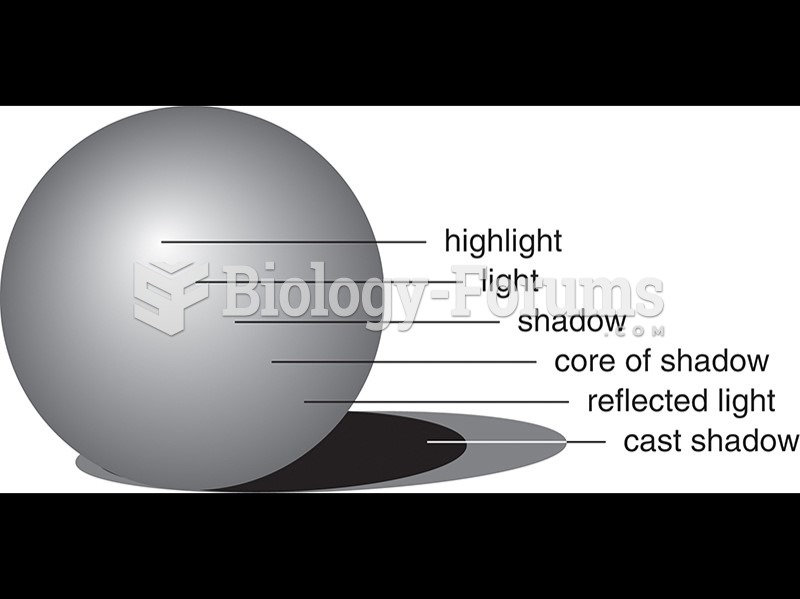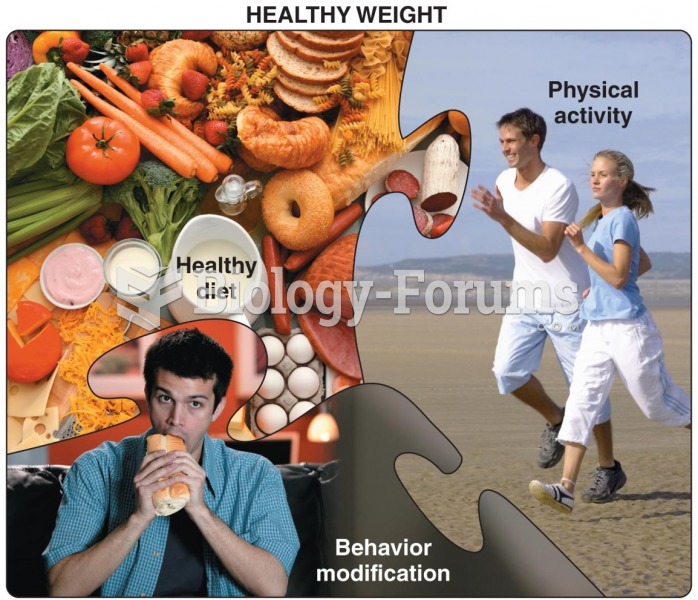|
|
|
More than 150,000 Americans killed by cardiovascular disease are younger than the age of 65 years.
Individuals are never “cured” of addictions. Instead, they learn how to manage their disease to lead healthy, balanced lives.
There are more bacteria in your mouth than there are people in the world.
Most childhood vaccines are 90–99% effective in preventing disease. Side effects are rarely serious.
A serious new warning has been established for pregnant women against taking ACE inhibitors during pregnancy. In the study, the risk of major birth defects in children whose mothers took ACE inhibitors during the first trimester was nearly three times higher than in children whose mothers didn't take ACE inhibitors. Physicians can prescribe alternative medications for pregnant women who have symptoms of high blood pressure.







